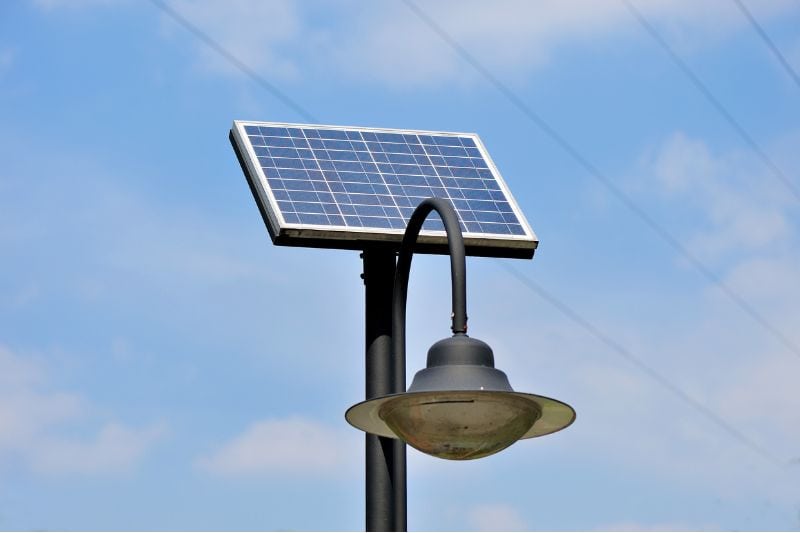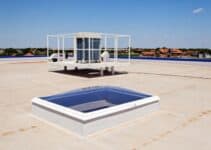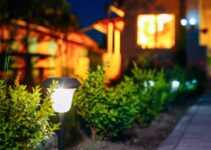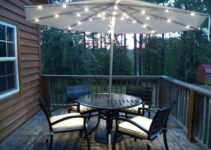Electricity bills are increasingly alarming, and solar energy is gradually becoming a favorite for most people around the world. As such, many questions about solar lights spring up from time to time, all of which are valid.
For instance, most people wonder whether solar lights can work in the shade. So, is it possible, or must solar lights remain in direct exposure to sunlight for them to illuminate your space at night?
Well, if that’s the question you’re asking yourself, sleep reading to explore detailed answers to these questions. Besides getting the answer you’re looking for, you’ll also discover how much sun solar panels need to perform efficiently, so stay right there!
Will Solar Lights Charge in The Shade?
When planning to purchase solar lights, where you’ll install them comes in as a major factor for most people. And if you’re like most homeowners, you don’t want your new installation to disrupt the aesthetics of your home, which is where the idea of putting them in a shaded area comes in.
But is it okay to have your solar lights placed in this shade?
Well, general knowledge about solar lights is that solar panels need direct access to sunlight. It’s not unfounded because adequate energy from the sun must hit the boards before the batteries can get a good charge.
However, that doesn’t mean the position must be under direct sunlight. So, yes, solar lights charge in the shade.
But again, the word “shade” has varying degrees, raising the question: Just how much of the sun’s rays must reflect on your solar panels before it gives its optimum performance?
Well, before we answer that, let’s first spare some moments to understand how solar panels work. This will help us know where to place yours personally for the best performance.
Now, among the many components a solar system has is batteries. Solar panels need rechargeable batteries to synthesize energy and release it through a circuit when it’s required.
Another component is the light sensor; this one is very important. It’s located at the top of the solar lights. When it gets dark, the sensor alerts the battery to activate the energy to turn on your light.
If you get bright lights for more than 16 hours, it’s because adequate protons reach the surface of the panels for at least 8 hours.
A tree cannot completely block direct access to sunlight; the sun’s rays will certainly escape through the leaves to reflect on the panels. However, a cover like a garage roof doesn’t permit any access.
Although we cannot define what shade means, your solar panel’s exposure to it will determine how strong its performance will turn out.
You can test it yourself since we cannot define what “shade” means. Again, since we can’t always guarantee direct access to sunlight, we can get at least 6 to 8 hours of energy from a 4-hour charge cycle.
So, if you’ve been enjoying light throughout the night, your solar panel isn’t in an area that’s too shaded. You can leave it there.
On the other hand, if your solar lights haven’t been serving you for the entire night, it could be a good sign that they’re placed in an overly shaded area than they need to operate optimally. As such, it’s best to remove sunlight obstructions to a significant degree.
How Much Sun Do Solar Lights Need?
Knowing how much sun solar lights need is vital to understanding the most suitable place to install your solar panels. Conventionally, 6-8 hours of direct sunlight is sufficient to synthesize electricity for a summer night.
However, the amount of sunlight that hits the solar panels determines how efficiently it’ll perform. Ensure nothing obstructs the UV rays significantly. A tree’s branches can extend to the panels’ area, but the obstruction must only be minor.
In cases where you can’t place your solar panels in direct sunlight, a daytime’s charge capacity may amount to four hours. This is also sufficient and will likely sustain you for the night.
If there’s no significant blockage of sunlight, yet your solar lights aren’t lasting an entire night, one of the following factors may be the cause:
1. The Batteries Are Bad
Bad batteries will affect the performance of the solar lights. Checking the rechargeable battery will save you from a hassle and waste of resources. They spoil, too, and should be replaced from time to time.
2. There’s Water in The Circuit
Solar panels are often outdoors, leaving them exposed to the weather. If rainwater gets into this energy option’s circuit or electrical system, it can disrupt its functioning. So, if you’re getting insufficient illumination even when your panels receive adequate sunlight, inspect them for water buildup.
3. The Panel Is Too Dirty
A buildup of debris can prevent adequate sunlight from penetrating the solar panels. Leaves and fine dirt can cover the panels, so remove them occasionally.
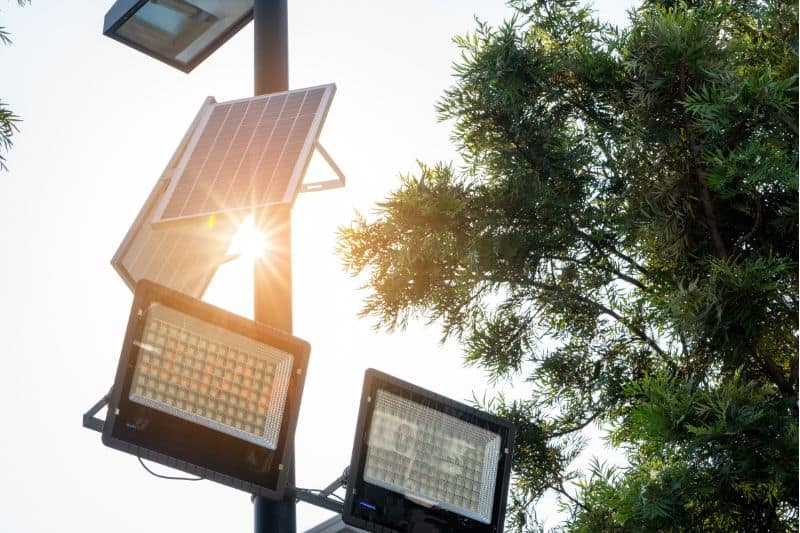
Do Solar Lights Require Sun or Just Daylight?
Solar panels rely heavily on sunlight to function, and experts recommend placing it in an area where it’s free from obstruction by dirt, vegetation, and any thick shade that blocks ample sunlight. While they can still generate energy from daylight, it just won’t be as much as they’d in direct sunlight.
You see, solar lights require sunlight to get a substantial charge because this energy source relies on photovoltaic impact – a light sensor detects when it’s dark, and nighttime illumination becomes activated.
But again, the sun doesn’t have to be fully present before solar cells receive the charge they need. The problem is that during mere daylight without sunlight, there just won’t be adequate photons to convert to energy, so the battery may not receive adequate charge to illuminate your home all night.
To know if the daylight your home is experiencing is adequate for your solar panels, pay attention to the number of hours the light can illuminate your home. One clear sign that your solar lights have gotten an adequate charge is if they can power the home through the night.
Do Solar Chargers Need Direct Sunlight?
If you’re doing your solar panel installation yourself, be careful; it can get daunting. For instance, an area where most people become confused is the most suitable place to put the panels. Often, it’s the roof, but what happens when your intended location isn’t directly in the sunlight?
Well, your solar lights will still serve you as they should, just as earlier said. However, they still need adequate access to UV rays, and they’ll only get them when they do not cover them.
That means for your solar panel to offer optimal performance, you may need to remove any shade that could be an obstruction, such as thick tree branches, vegetation, and debris.
But again, solar chargers don’t need to be directly in the sun before they can synthesize electricity. They only need to access photons, particles, or quantum of light potent enough to illuminate your home when they go through the expected conversion process.
So, even if you install the panels in a shaded area, your solar chargers will undergo the required charge cycle if sunlight is noticeable. Photovoltaic systems use photons from daylight; if the sun isn’t prominent on a particular day, your solar panels will still receive a significant charge.
However, insufficient sunlight may cut its efficiency period short. It’s a no-brainer that the weather won’t always be favorable, especially in the winter. But ample daylight will give you illumination for the duration of a summer night.
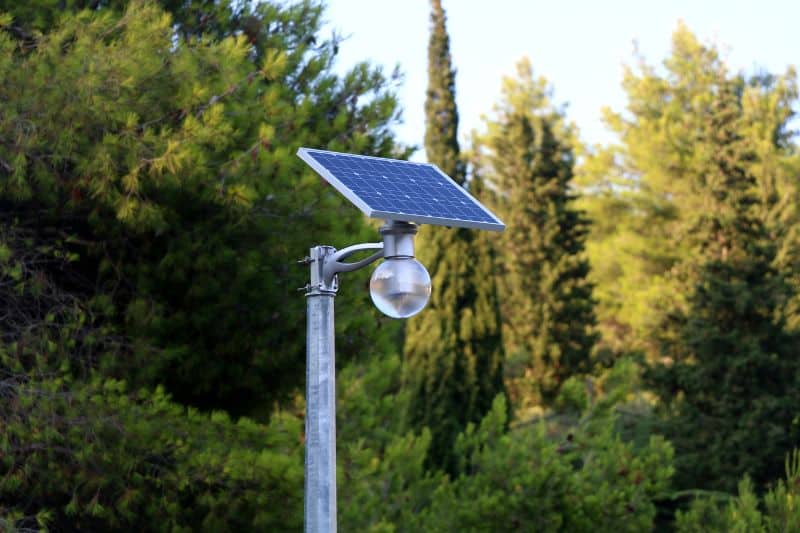
Do Solar Lights Work Under Trees?
Well, solar lights work under trees, especially when the shade isn’t overpowering. Photovoltaic cells don’t require direct access to sunlight before they perform their duties. Instead, photons only need to be present for illumination through the night.
The cells are sensitive enough to trap and synthesize electricity from the photons in the atmosphere. So, your solar lights will work efficiently under trees.
But again, the shade mustn’t be too prominent or overpowering. Because even though solar lights don’t necessarily need direct sunlight, the sun’s rays unarguably provide the strongest and most effective photons.
In direct sunlight, panels won’t labor before getting a full charge. If anything, lack of shade ensures that you enjoy the designated fifteen to sixteen hours for this alternate energy provider.
If you’re installing your panels under trees, you can pay attention to your illumination period. That’s how to tell if they’re receiving ample radiation or not truly. When adequate photons are available, the charge cycle will be complete, allowing the lights to last the night.
But if the lights go off mere hours after they come on, this may be a sign that the trees are too prominent. You can trim their branches to allow more sunlight to penetrate.
Do Solar Lights Charge on Cloudy Days?
Yes, solar lights charge on cloudy days to answer this commonly asked question. However, there are many divergences, such as a shorter energy supply. When there are insufficient photons, your solar panels lose the ability to power your home throughout the night.
You’ll find it going off faster in the fall. This may be your cue to reduce the way you use it to avoid putting too much strain on it. You can also relocate the panels to an area where direct or abundant sunlight will reflect on the boards.
It’s also best to be mindful of how rain contacts your solar panels, as there have been situations where the circuits contained a buildup of fluid.
How to Charge Your Solar Panels With Limited Sunlight
It’s vital to prepare for the rainy days. This is not only financially but also energy-wise. There’ll certainly be periods when access to sunlight will be restricted on cloudy or snowy days.
Well, you can maximize the efficiency of your solar lights by:
1. Cleaning Them
A buildup of dust, grime, leaves, and significant debris can hinder the solar panels from accessing adequate daylight or sunlight. If these materials block photons from reaching the surface of the panels, you can expect the charge cycle to be affected.
Some water and a soft cloth will suffice. And yes, ensure that you avoid using detergent because it causes streaking, preventing sunlight from penetrating.
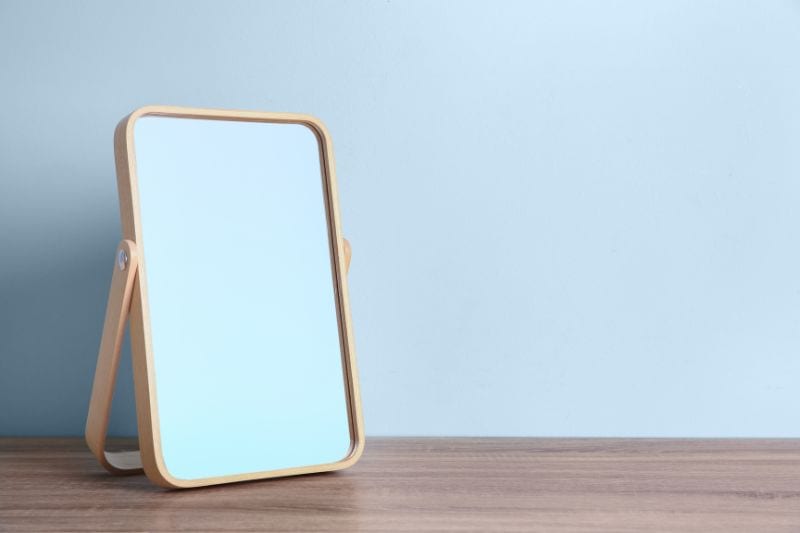
2. Redirecting the Sunlight
Instead of struggling with insufficient sunlight, you can systematically arrange mirrors to direct the sun’s rays right at your solar panels. The setup is straightforward; you can invite an expert or consider a DIY.
3. Use Artificial Lighting
Artificial lighting is an excellent supplement during cloudy, rainy, snowy, or gloomy climates. An incandescent bulb can also charge your solar panels; ensure they’re close.
Conclusion
Solar panels can be a hefty investment. That’s why there’s pressure to get it right. This includes installing the panels in a suitable place where ample sunlight or daylight will reach them.
They must also be well-fixed to prevent challenges such as noise and other forms of damage.
Finally, the atmosphere undeniably affects how long your solar lights will serve you, so adopt practices to prolong their utility in gloomy climates.
